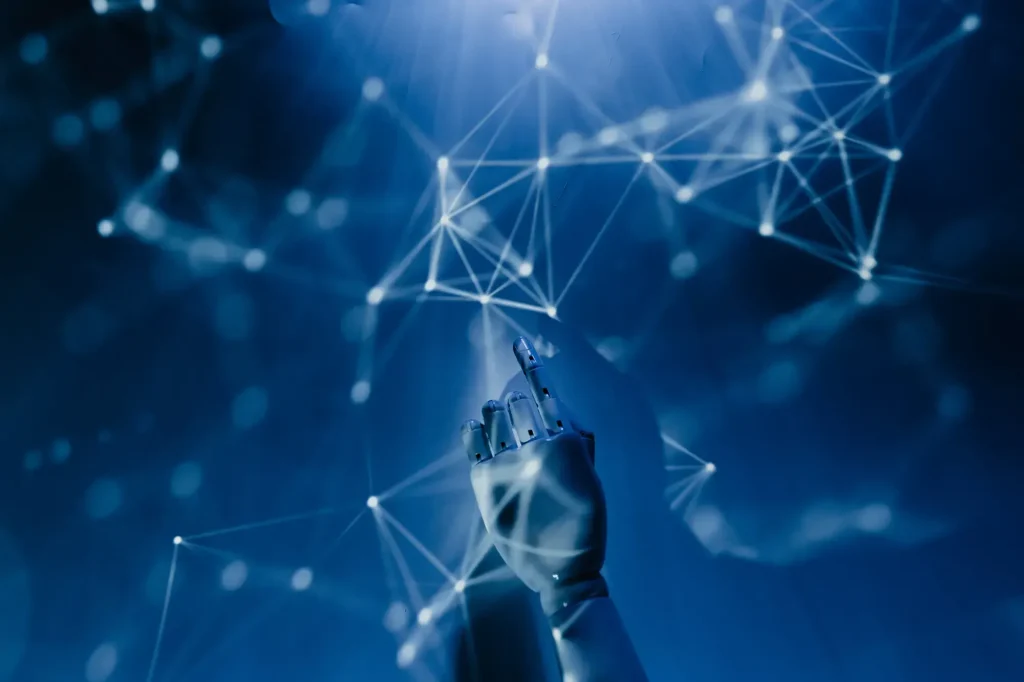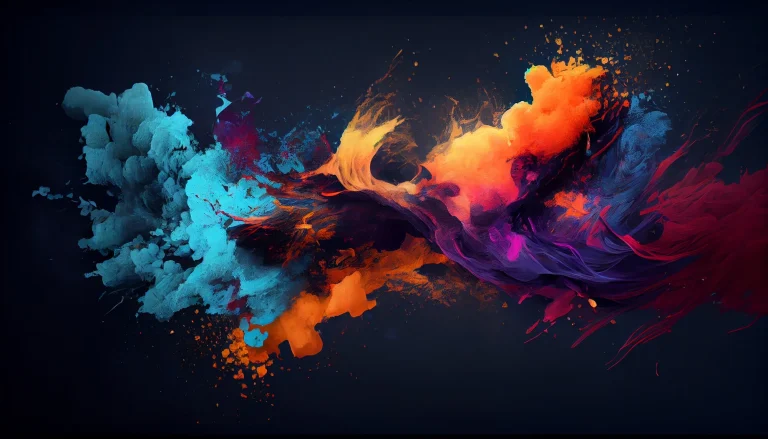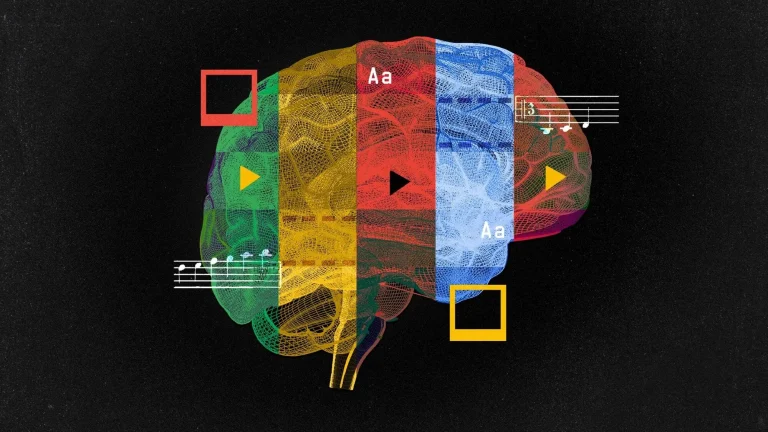Art restitution is a relevant and complex topic that raises a lot of debates and conflicts between different countries, institutions and communities. How to return cultural heritage that was looted, displaced or damaged due to wars, colonialism or other reasons? How to ensure that cultural objects are preserved, accessible and respected? How to reconcile different interests, rights and needs related to art restitution?
In this article, we will examine how digital technologies can help to solve these issues. We will discuss the potential and challenges of digital tools such as 3D scanning, virtual reality, blockchain and artificial intelligence, as well as provide some examples and links where you can learn more about this topic.
3D scanning: how to create and share copies of cultural heritage
3D scanning is a digital technology that allows to create accurate copies of cultural objects in digital format. These copies can be viewed online or reproduced physically using 3D printers. 3D scanning can be useful for documenting, preserving and sharing cultural heritage that is at risk of damage, destruction or loss.
For example, in 2015, the terrorist organization “Islamic State” destroyed many ancient statues and monuments in the city of Palmyra in Syria. However, before that, 3D scanning was performed, which allowed to preserve the data of these objects and later recreate their copies. One of them is the Arch of Triumph of Palmyra, which was erected in London and New York.
3D scanning can also help to return cultural heritage to its original place or show it in other places. For example, in 2016, the Egyptian government asked to return the bust of Nefertiti, which is exhibited in the Berlin Museum. German scientists performed 3D scanning and created a copy of the bust of Nefertiti, which can be seen online. It was also suggested that the 3D copy could be returned to Egypt, while the original would remain in Germany.
Virtual reality: how to experience and interact with cultural heritage
Virtual reality is a digital technology that allows to create and experience immersive environments, where you can see, hear and move. Virtual reality can be useful for presenting, teaching and exploring cultural heritage, especially when objects are inaccessible, damaged or disappeared.
For example, in 2019, French President Emmanuel Macron proposed that virtual reality could be used to restore the Notre Dame Cathedral after the fire, which caused great damage to this historical monument. Virtual reality could help to reconstruct the appearance and history of the cathedral, as well as allow people to visit it virtually.
Virtual reality can also help to return cultural heritage to its original place or show it in other places. For example, in 2018, the British Museum and Google Arts & Culture created a virtual exhibition, where you can see and hear Aboriginal stories and artworks, which are exhibited in London. This exhibition was intended to virtually repatriate Aboriginal culture and encourage dialogue between different communities.
Blockchain: how to ensure and monitor the origin and ownership of cultural heritage
Blockchain is a digital technology that allows to create and store secure and transparent data records, which cannot be changed or deleted. Blockchain can be useful for researching, verifying and agreeing on the origin and ownership of cultural objects, especially when they are transferred, sold or returned.
For example, in 2017, a project called “Codex Protocol” was launched, which aims to create a blockchain-based platform for creating and managing art and antiquities provenance and ownership records. This platform could help to prevent art theft and smuggling, as well as facilitate the process of art restitution.
Blockchain can also help to make and implement cultural heritage return agreements. For example, in 2018, the first blockchain-based cultural heritage return agreement was signed between France and Benin. This agreement stipulated that France would return 26 historical objects, which were stolen from Benin during the French colonial period. Blockchain was used to ensure that the objects were returned safely and legally, as well as to monitor and protect their condition and use.

Artificial intelligence: how to analyze and interpret cultural heritage
Artificial intelligence is a digital technology that allows to create and use algorithms that can learn, solve problems and imitate human abilities. Artificial intelligence can be useful for analyzing and interpreting cultural heritage, especially when objects are complex, unclear or hidden.
For example, in 2019, a project called “Revealing the Secrets of the Mona Lisa” was presented, which used artificial intelligence to extract and display the layers of the Mona Lisa painting, which were created by Leonardo da Vinci. This project allowed to reveal the facial expression, colors, details and other elements of the Mona Lisa, which were hidden under many restoration works.
Artificial intelligence can also help to create and adapt cultural heritage to different audiences and situations. For example, in 2020, a project called “AI Art House” was launched, which used artificial intelligence to create and sell artworks, which were inspired by the style and technique of famous artists. This project allowed to share and develop art history and culture in an accessible and creative way.
Digital technologies and art restitution: opportunities and challenges
As we can see, digital technologies can help to solve many issues related to art restitution. However, digital technologies are not a magic solution that would solve all problems and disputes. Digital technologies also pose new challenges and limitations, which require a responsible and ethical approach.
One of the challenges is the quality and authenticity of digital data. How to ensure that digital copies or reconstructions match the original objects and their meaning? How to avoid errors, manipulation or falsification, which can cause false or wrong interpretations?
Another challenge is the ownership and access of digital assets. How to protect and regulate the rights and use of digital objects? How to ensure that digital objects are accessible and beneficial to everyone, not just to certain groups or interests? How to avoid digital colonialism or exploitation, which can harm cultural rights and identity?
Therefore, digital technologies should be used cautiously and respectfully, with the involvement and consent of those affected by art restitution. Digital technologies should also be complemented by human dialogue and cooperation, as well as by legal and institutional system that supports the principles and practices of art restitution.
Conclusion
Art restitution is an important and complex process, which has a great impact on cultural heritage and its users. Digital technologies can help in this process, providing new opportunities and solutions. However, digital technologies also require attention and ethics, to avoid new problems and conflicts. Only then digital technologies can be useful and respectful partners of art restitution.





